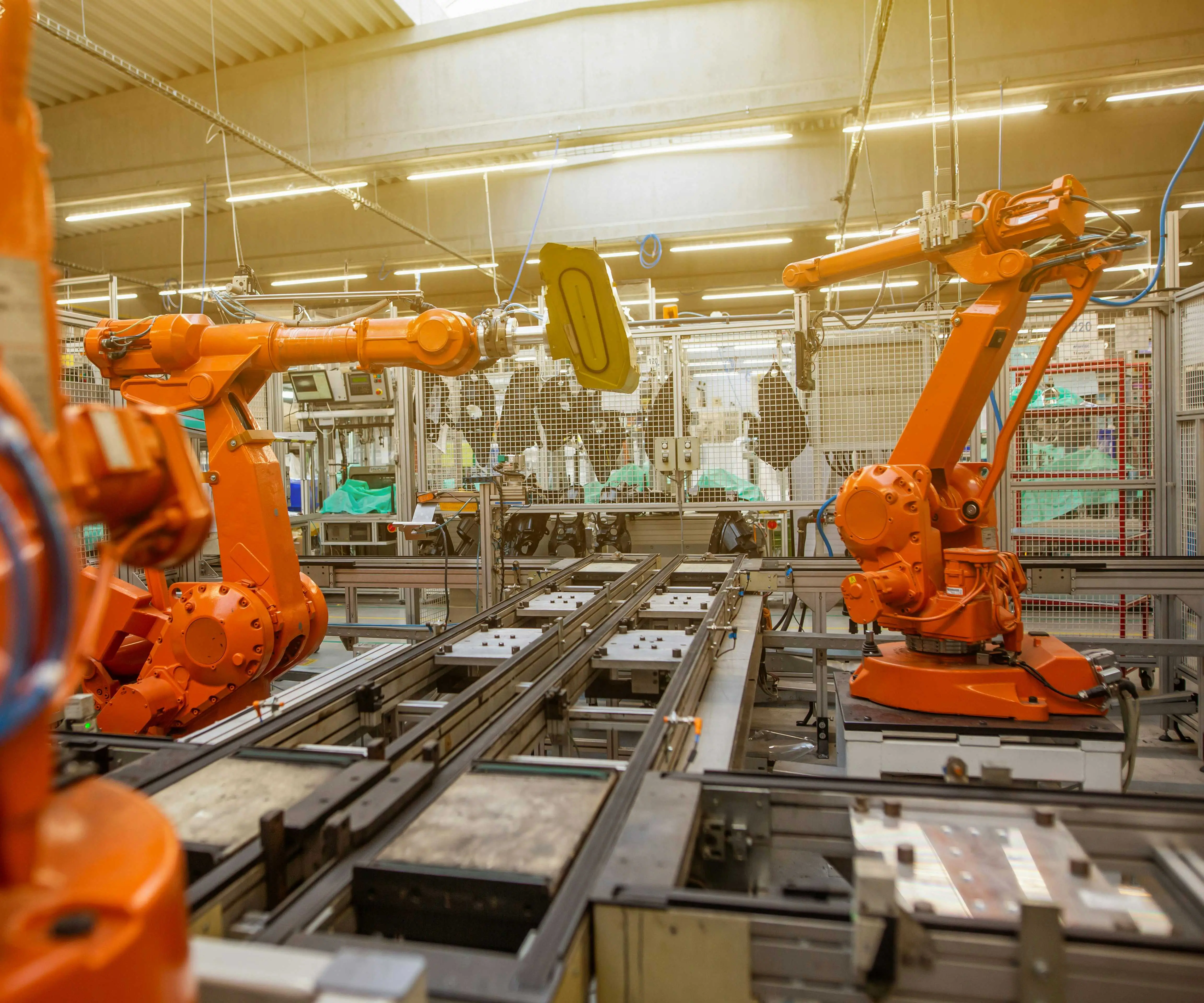Ever wonder just how fast a servo motor can really go? It’s one of those questions that pops up whenever you’re tinkering with robotics, automation, or even DIY projects. And honestly, the answer isn’t a simple number. It all depends on a bunch of factors—size, design, power source, and how the motor's built for precision or speed.

Picture this: you’ve got a tiny servo, maybe used for small drone adjustments. That little guy can hit speeds of up to 0.1 seconds per 60 degrees of rotation, which is lightning-fast compared to regular motors. Conversely, there are hefty servo motors designed for heavy-duty tasks, like robotic arms or industrial machinery, which might crawl along at a slower pace—say, a second or more to complete the same move. It’s like comparing a racecar to a freight train—they’re built for different purposes.
So, what really influences a servo’s speed? Voltage plays a big role. The higher the voltage supplied, generally, the quicker the servo can move, but push it too far, and you risk overheating or damaging the motor. Then, there’s the gear ratio. A high gear ratio can boost torque but tends to slow down speed, while a low gear ratio favors speed over torque. Some servo sources even optimize for smoothness and positional accuracy, which might mean sacrificing a dash of speed.
Ever wonder if a servo can hit a specific speed? Typically, yes, but it’s a dance between the servo’s design and the control signal’s frequency. For example, if you feed a servo a high-frequency pulse, it can respond faster—up to its limit, of course. Check out this scenario: someone wants a robotic arm to swiftly pick and place items. They’ll need a servo that can move 0.1 seconds per 60 degrees—that’s rapid. But if they’re just rotating a valve slowly, they might prefer a cheaper, slower servo that still gets the job done.
Of course, applications matter. For high-precision tasks, a slightly slower servo that halts accurately might be better than a lightning-fast one with jittery movement. It’s all about matching the servo’s speed to what the machine really needs.
When you’re choosing a servo, look beyond just speed. Think about torque, stability, power requirements, and how it’ll fit within your project’s constraints. Fast isn’t always better if your setup can’t handle the stress or if precision suffers.
In the end, how fast can a servo motor move? Well, some can zip along at a tenth of a second for a 60-degree turn, while others crawl at a leisurely pace. The key is matching the motor’s specs to what your project demands. That balance between speed, control, and longevity—it's what makes a good servo great. So, next time someone tosses that question, you’ll have the details to impress them with real-world nuances.
Established in 2005, Kpower has been dedicated to a professional compact motion unit manufacturer, headquartered in Dongguan, Guangdong Province, China. Leveraging innovations in modular drive technology, Kpower integrates high-performance motors, precision reducers, and multi-protocol control systems to provide efficient and customized smart drive system solutions. Kpower has delivered professional drive system solutions to over 500 enterprise clients globally with products covering various fields such as Smart Home Systems, Automatic Electronics, Robotics, Precision Agriculture, Drones, and Industrial Automation.




































